Want to increase the converts on your website? Discover ten ways to optimize your conversion funnel here. From building interesting landing pages to simplifying checkout systems, this article explores the ten most successful techniques for boosting the conversion funnel of your website.
Whether making a purchase, filling out a form, or newsletter subscription, Conversion Funnel Optimization’s ultimate objective is to steer website users toward performing a desired action. Using these ten techniques can help you to improve the design, content, and user experience of your website hence raising conversions and promoting company expansion.
With practical advice and examples, this paper will go into great length on every tactic. Therefore, discover how to maximize a website conversion funnel regardless of your level of experience with marketing to increase the success of your company!
What is Conversion Funnel Optimization?
Any company trying to improve sales and increase consumer involvement needs conversion channels. Examining every stage of the funnel helps businesses to spot chances to maximize their resources and turn more leads into lifetime consumers.
When consumers decide what to buy, they travel a different path across your organization conversion funnel. Whether your role is salesperson or marketing, you assist individuals on their path to purchase. You have to grab their interest, create solid bonds, and inspire them to advance at every level. Success in any company, but especially online, depends on mastering the client journey; why, conversion funnels are a vital instrument.
Sometimes referred to as sales funnels, conversion funnels let prospective consumers move through several phases until they engage in the desired behavior—a purchase or transaction. A effective conversion funnel provides information on the sources of your visitors and target audience, their behavior on your website, and what occurs upon conversion. This data can help you to maximize your marketing initiatives and boost conversion rates.
Conversion funnels let marketers monitor the journey consumers take from first interest to ultimate purchase. Knowing the obvious flow along the digital consumer path helps you to spot chances to influence every stage. Making funnels enables campaign planning. A store could like to determine, for instance, if a given ad campaign or an organic search generated more visits or transactions.
Factors for Every Level of the Conversion Funnel:
- Awareness: Attracting visitors marks the first stage of the conversion funnel—awareness. Either SEO, sponsored adverts, or social media postings will help you grab their interest. Once you begin drawing in possible clients, you want to keep them involved. To inspire them to move further, you might run retargeting advertisements, pop-up campaigns, or even email marketing campaigns. Ideal material for keeping these guests interested is thorough and educational. Longer attention can be drawn to articles delving deeper into the subject as well as infographics or videos.
- Interest: Potential clients of your good or service pique curiosity. You have to foster them by offering insightful and quality material covering their demands. To compile their contact details, you may also provide lead magnets including free downloads or eBooks.
- Consideration: Now, prospective clients give thought on whether or not to buy. To enable customers to make wise judgments, you can provide them more thorough material including product reviews, comparison guides, or FAQs. Retargeting advertising can also help consumers remember your good or service and help to allay any concerns they might have.
- Decision: At this point, the prospective consumers have made their decisions to buy. Clear calls-to- action, a straightforward checkout, and several payment choices help you to make buying as simple as it should be. Use follow-up emails, questionnaires, or other post-buy correspondence to offer further value and inspire next purchases after the purchase.
By means of a conversion funnel, marketers can observe the number of visitors arriving via several online channels, their online behavior, and finally what transpired during conversion.
Many marketers ask what is funnel optimization and how it improves performance. The answer lies in analyzing each stage of the user journey and applying tailored strategies for better engagement and higher funnel conversions.
Stages of an E-commerce Conversion Funnel Optimization
Optimizing the conversion funnel for an e-commerce company requires attention at several important phases. Expert in conversion optimization Neil Patel claims that funnels have four primary stages: awareness, contemplation, conversion, and loyalty.
Attracting possible clients to your website via several marketing channels like SEO, PPC, and social media (Facebook, TikHub, YouTube, etc.), is the aim of the awareness stage. Once they are on your website, the contemplation step is presenting your offerings and fostering confidence with possible consumers. Here is where knowledge of expert viewpoints, consumer reviews, and product demos counts.

The step of conversion follows, meant to turn website visitors into paying consumers. Here is where personalized upselling, checkout process optimization, and A/B testing find application. Whether your e-commerce platform is Magento, Shopify, or Bigcommerce, built-in conversion optimization tools can significantly impact it as well.
At last, we enter the loyalty stage, in which case you aim to have clients back for more. Here is where outstanding customer service, loyalty programs, and email marketing campaigns really count.
As you get more data and client comments, the optimization process—which is never really finished—must be constantly changed and refined. Still, by following these phases, including professional opinions, and leveraging e-commerce sites like Shopify, Bigcommerce, and Magento, you can effectively maximize your conversion funnel and increase revenue for your company.
To ensure success, you must focus on ecommerce sales funnel optimization, which means refining each step from awareness to loyalty. Sales funnel optimisation requires testing and adjusting until conversion paths are seamless and user-friendly.
| Strategy | Description |
|---|---|
| Attract Customers through Social Media | Social media platforms like Instagram, Facebook, and Twitter can build brand awareness and customer loyalty, drawing targeted traffic to your website. |
| Offer Free and Engaging Content on Your Landing Page | Create an interactive, informative landing page with engaging content like videos, user reviews, and diagrams to encourage conversions. |
| Use Social Proof on Your Product Pages | Displaying customer reviews and testimonials on product pages builds trust and convinces potential buyers to make a purchase. |
| Optimize Your Product Pages | Provide detailed product descriptions, high-quality images, and video guides to ensure customers have all the information they need. |
| Optimize Your Checkout System | Simplify the checkout process by offering local currencies, free shipping, and guest checkout to reduce friction and increase conversions. |
| Offer a Loyalty Program and Promote It | Implement loyalty programs and encourage repeat business through email campaigns and rewards to strengthen customer retention. |
| Use an Omnichannel Approach | Integrate multiple channels like social media, mobile apps, and offline services to reach a wider audience and drive more conversions. |
| Create Great Content | Develop useful, non-sales-focused content such as YouTube tutorials or free checklists to engage customers and build trust. |
| Shift the Focus from Transactions to Relationships | Build long-term customer relationships by nurturing leads with personalized content rather than focusing solely on immediate sales. |
| A/B Testing of New CRO Ideas | Continuously test different elements like headlines, buttons, and page layouts to improve conversion rates through data-driven optimizations. |
Plerdy Conversion Funnel Analysis and Optimization
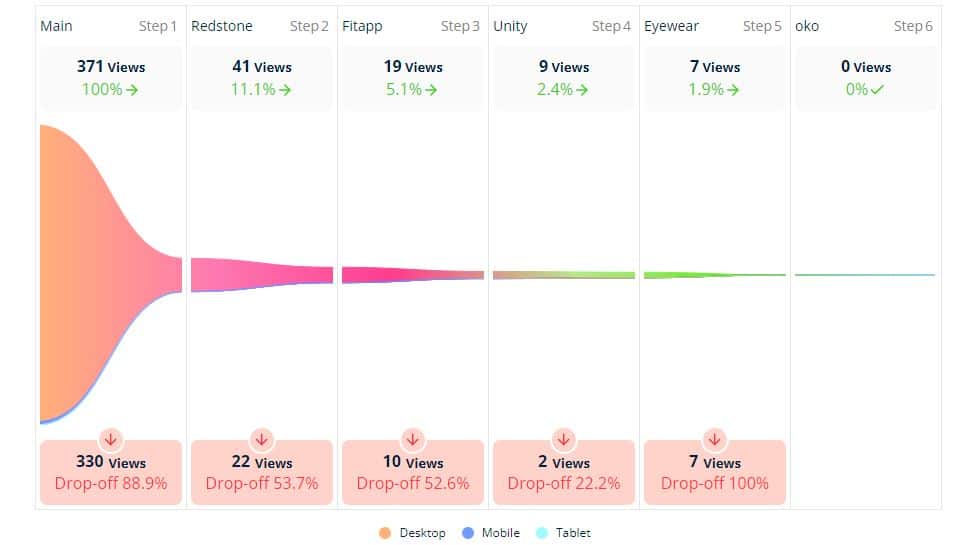
Check this guide on creating and analyzing conversion funnels. Conversion funnels are essential for analyzing customer behavior and making informed decisions to optimize website performance. When creating a conversion funnel, you must understand that there can be many different funnels for one website, depending on the target pages.
For example, let’s consider an e-commerce store with a funnel consisting of the category page, product page, cart, and checkout page. Additional steps like a thank you page may be included after checkout. It is important to note that not all visitors will complete the conversion funnel.
We can identify where visitors drop off by analyzing the customer journey. To set up a funnel, head to conversions and create a new funnel in the left menu. From the funnel data, we can conclude which pages perform poorly and where users leave the website. We can use different reports like heat maps, SEO checkers, and session replays to identify anomalies and errors on the website. Improving website visibility and fixing issues and errors can help increase visitor conversions. Remember to map out your customer journey to identify any problem areas and take the necessary steps to optimize your conversion funnel.
Specialized tools help determine the most critical elements influencing the conversion rate and obtain a detailed statistical analysis. For example, Plerdy’s conversion funnel analysis tool helps run optimization by showing the user experience on the website. Its main advantages are the following:
- Detection of elements that users regularly avoid.
- Defining the most efficient marketing channels.
- Advanced URL settings.
- Features to understand the user experience and their website behavior.
This tool is ideal for user funnel optimization since it reveals detailed visitor interactions. Companies aiming for better sales funnel optimization results often combine Plerdy with session recordings and heatmaps for a comprehensive view.
Plerdy tools simplify conversion funnel optimization and help analyze the sales funnel, conversion rate, and other important parameters. But since you need more data; you should also analyze user behavior based on Plerdy heatmaps and video sessions.
List of the 9 Ways Conversion Funnel Optimization
Different methods attract customers across the conversion funnel stages and make them choose suitable services. Find many online companies’ conversion funnel optimization methods below.
Attract Customers through Social Media

Experienced marketers say social media is the best opportunity to reveal the company’s nature and create customer loyalty. You can use various platforms for conversion funnel optimization, such as Instagram, Facebook, Twitter, etc. The main advantage is that the targeted traffic pays more attention to the company’s social media pages. Therefore, building a suitable strategy with social networks is easier than using promotional methods beyond them.
Social media campaigns are also effective for marketing funnel optimization, helping brands increase visibility and lead quality right at the top of the funnel.
Offer Free and Engaging Content on Your Landing Page
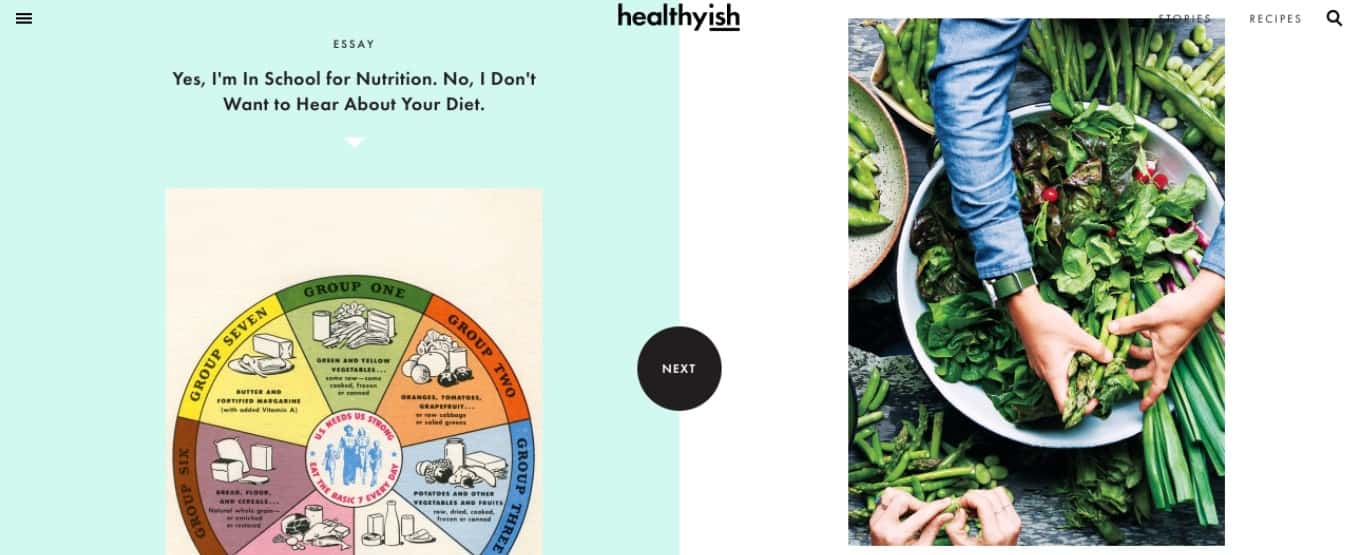
The first impression of the company determines if the client becomes ready for further action. The most common free landing page elements for conversion funnel optimization are the following:
- An interactive step-by-step questionnaire to determine the necessary product.
- Tables and diagrams showing what customers usually choose.
- Video from the owner with a detailed explanation of the existing services.
- User-generated content like reviews.
The content should be creative to make customers convert and benefit from conversion rate optimization (CRO). Yet it’s final look depends on your imagination.
Creating high-value landing content is a powerful part of seo conversion funnel strategy. When optimized for search engines and user behavior, these pages contribute directly to funnel conversions.
Use Social Proof on Your Product Pages
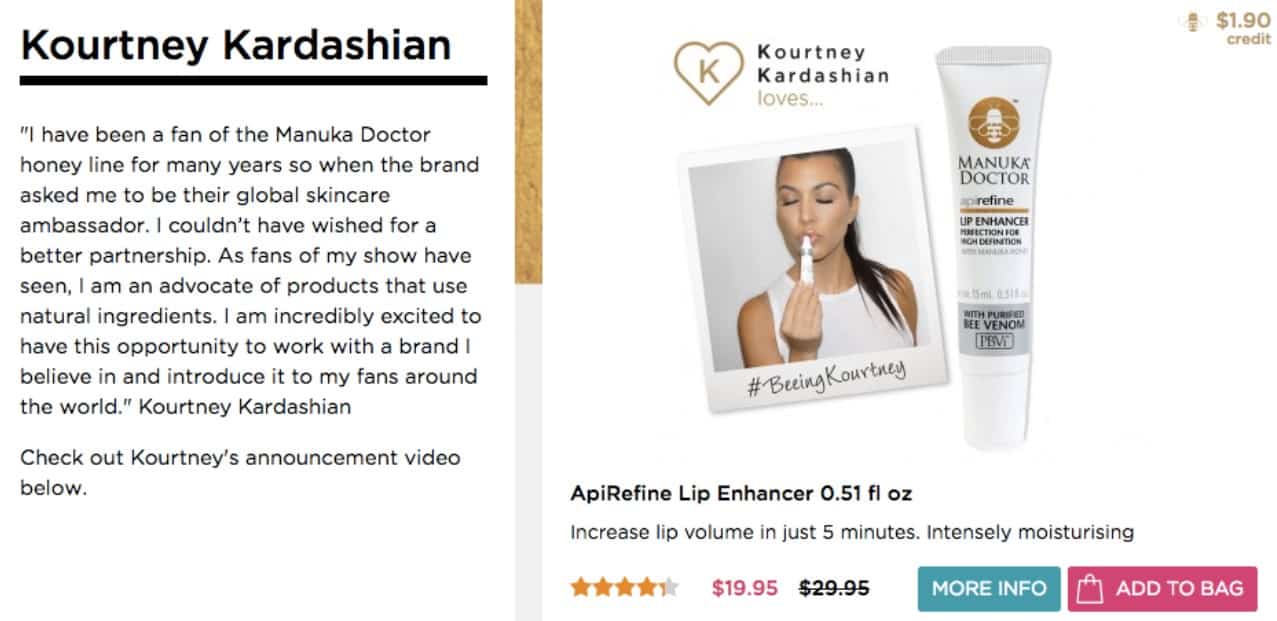
The best way to demonstrate quality and convince customers to purchase is to place reviews on the product page. It will help see the previous clients’ objective opinions and make further steps for cooperation with the company. As a result, the content will become more convincing, and the company’s authority will grow.
This technique supports funnel optimisation by removing doubts and pushing users closer to the decision stage in your sales funnel.
Optimize Your Product Pages
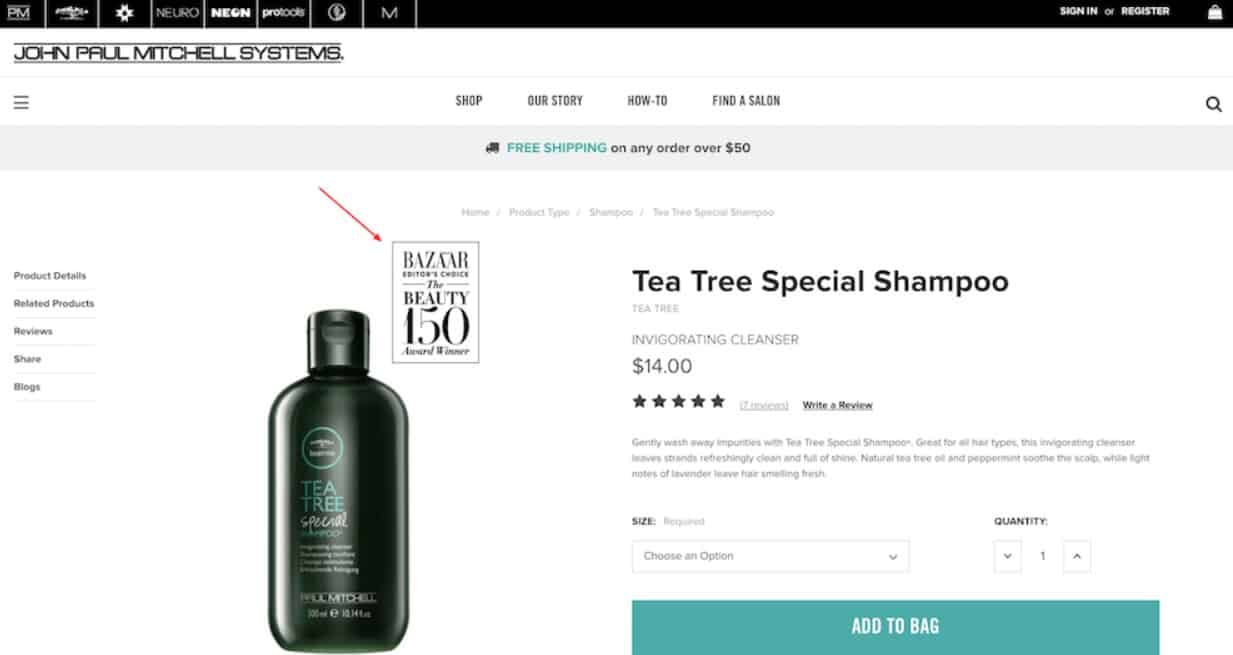
Information about products must contain essential facts representing all their advantages. Make a list of product characteristics with a detailed description of each parameter. You may also attach a video guide if relevant. Customers will become more likely to buy the product when they learn enough information about it. Improving product pages is an important component of conversion funnel optimization for marketers.
Optimize Your Checkout System
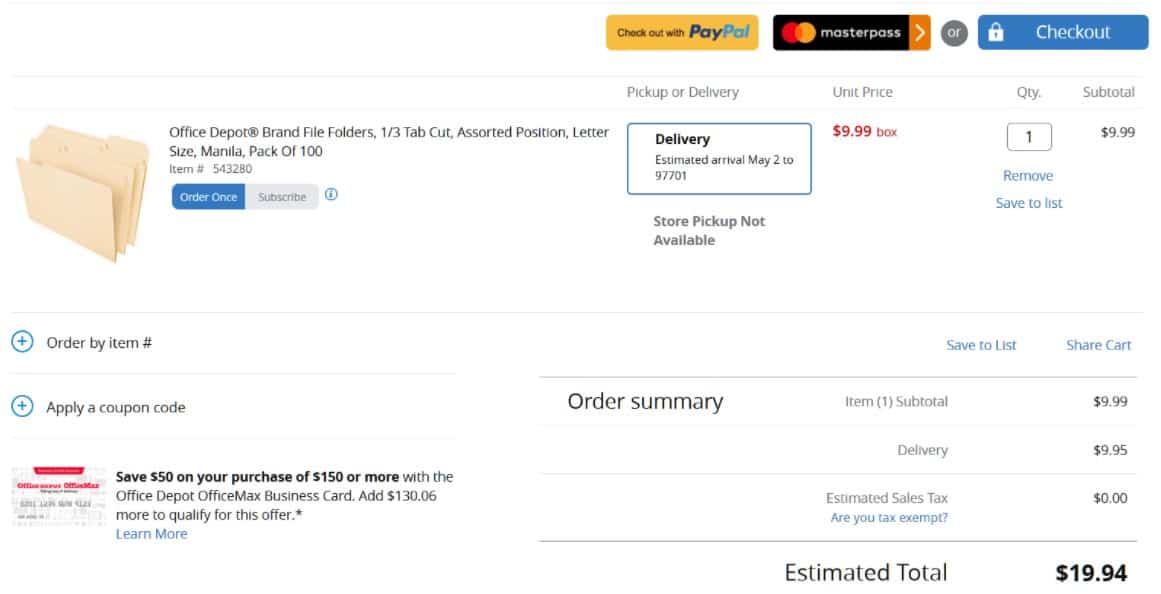
Even if a client visits the product page with a nice description, the final checkout step may disappoint them. Therefore, you must follow some rules to build up a convenient checkout system:
- Use the local currencies (increase price conversion if the client base includes foreign customers).
- Add free shipping and return options for conversion funnel optimization.
- Avoid making customers sign up for purchases.
You should test the purchase process to be convinced of each element’s good work and avoid inconveniences.
Offer a Loyalty Program and Promote It
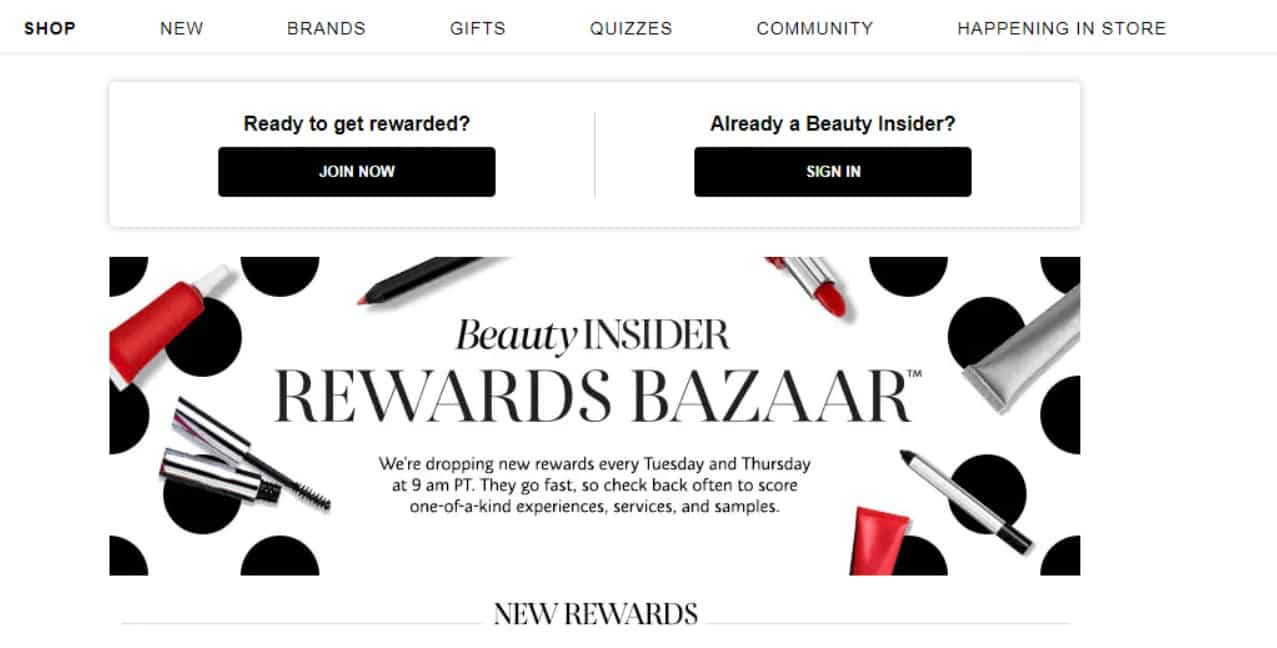
A strategy for loyalty programs is a crucial element of conversion funnel optimization. It would benefit those who regularly use your services and can spread the word about them. Use e-mail or other communication methods to build loyal relations with clients.
Use an Omnichannel Approach
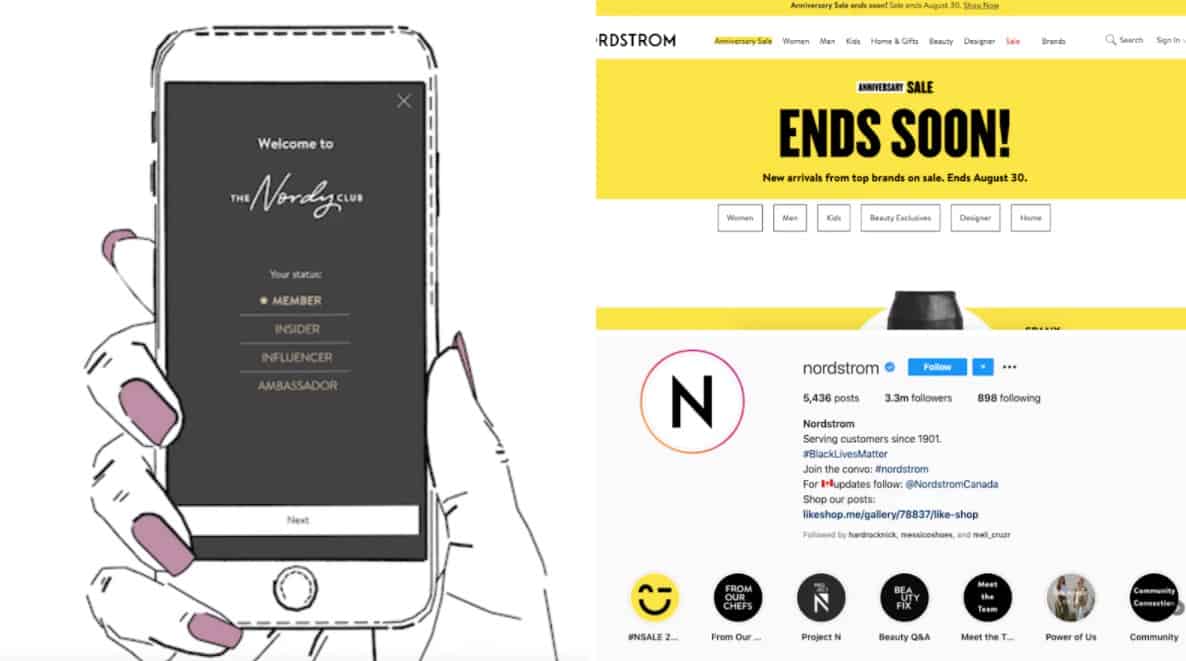
Such an approach helps expand the customer base, reach a high level of authority, and make the services more diverse. You can use mobile marketing, social media targeted advertising, offline services, and other channels. These steps will attract more customers and help provide conversion funnel optimization.
Create Great Content
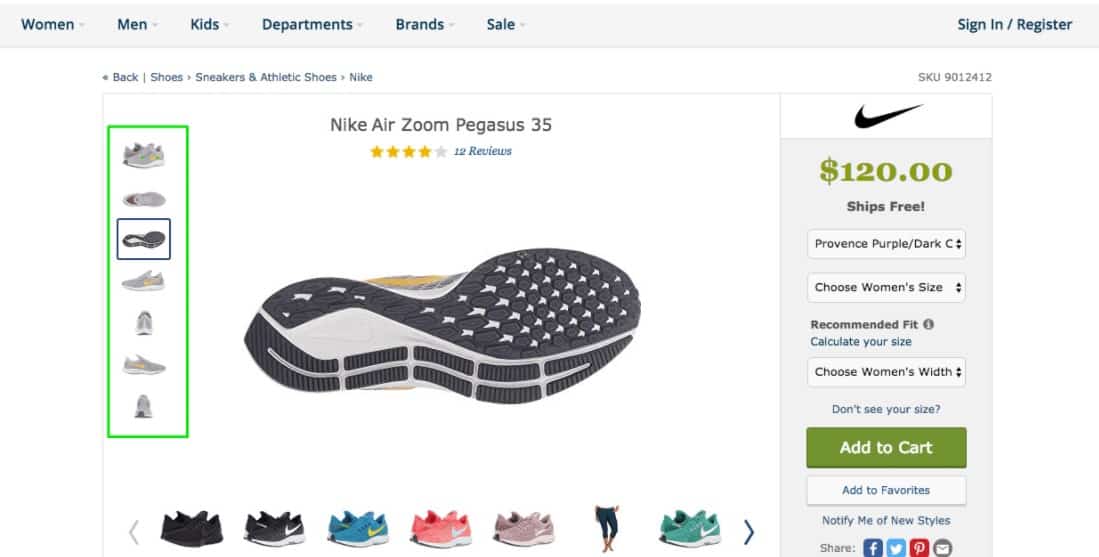
Content should help customers cope with their primary needs without purchasing or hiring services at your company. The best methods in such a case are creating YouTube videos, interactive tasks, free checklists, and other tools, which may be helpful for conversion funnel optimization.
Educational content also plays a role in conversion funnel optimisation, as it nurtures leads and builds trust before a transaction even begins.
Shift the Focus from Transactions to Relationships
Keeping good customer relationships is a basis for further cooperation. The aim shouldn’t be to sell. You should nurture clients and make them feel reliable when passing from interest to actions. Therefore, you should be creative in targeting content that corresponds with the primary customer’s interests.
A/B testing of new CRO ideas
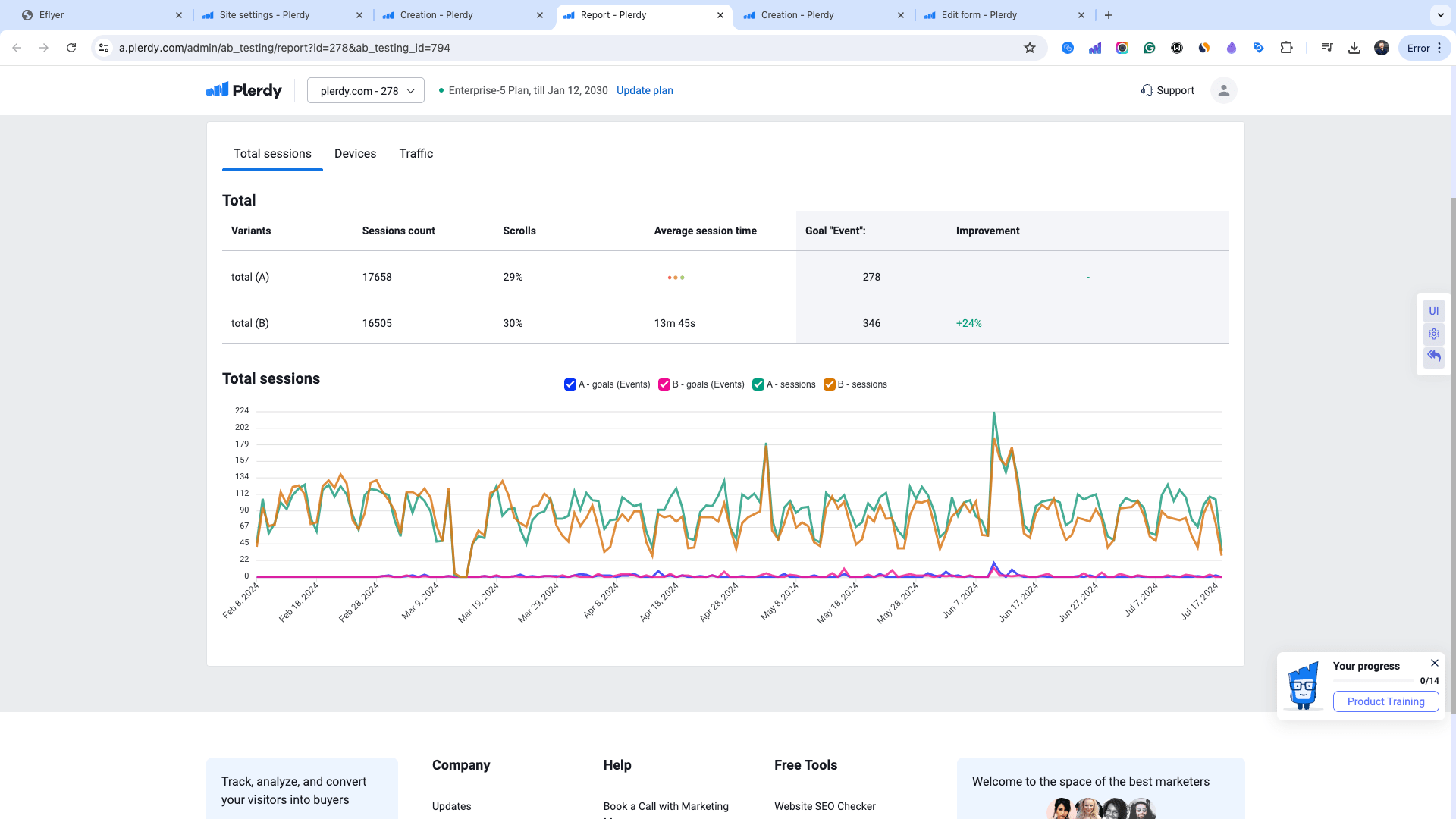
A/B testing is a game-changer when it comes to conversion rate optimization. You create two web page versions and test which performs better. In addition, you can gain valuable insights into what works and what doesn’t by testing different elements, such as headlines, images, and call-to-action buttons.
For example, you can test a red call-to-action button against a green one and see which gets more clicks. Or test a long-form landing page against a short one and see which generates more leads. The key is to test only one element simultaneously to ensure accurate results.
A/B testing is not a one-time action. It’s a continuous process. You can constantly improve your website’s performance and drive more conversions by regularly testing new CRO ideas and implementing the ones that work. So feel free to get creative and test new ideas. You never know what small change can make a big difference.
A/B testing is essential for sales funnel optimization strategies, offering data-driven proof of what resonates most with your audience at each step.
How to analyze the conversion funnel in Google Analytics 4?
Do you want to learn how to optimize your website’s conversion funnel and increase traffic?
The analysis hub in Google Analytics 4 offers a new type of report for funnels. The best thing about it is that it is retroactive. So if you have been tracking certain events before, you can use them in the funnel report. Even though there are still some limitations in new funnel reports, they look quite promising. Log in to your Google Analytics 4 property, go to the analysis hub, and click the funnel analysis. Here, you will find a predefined report you can edit.
If you want to start over, click access on all the steps in the steps section. Another way to get started with a clean funnel report is to click on the blank right here and the same analysis hub section, click the plus icon and select funnel analysis. Suppose you have ever worked with the analysis hub in GA4. In that case, you will notice that the interface in funnel analysis is similar to other parts of the analysis hub, such as exploration reports. We have three columns: variables, tab settings, and output.
To use a dimension in the tab settings, add it to the list. (Click the plus icon to add the dimension). A dimension is an attribute that describes a certain thing. For example, a product ID, transaction ID, event name, device category, or something else. If you want to compare how different segments are completing your funnel, ensure these segments are included in the segments section.
To show an actual example of how to work with the funnel analysis report, let’s build a simple funnel based on the e-commerce data we have in this report. Of course, we already have some e-commerce data on this property, such as product views, product clicks, adding a product to a cart, starting the checkout process, etc.
To add funnel steps to this report, click on the pencil icon in the steps section, then specify the steps you are interested in. Regarding Google Analytics for e-commerce tracking, Google requires you to send certain event names with additional parameters about that interaction. For example, what kind of products were included in that particular interaction? To properly implement e-commerce tracking in GA4, use the view item event name to track product views, the add to cart event name to track adding a product, and the purchase event name to track a completed purchase.
Analyzing your website’s conversion funnel is essential for optimization. With the right data and analysis, you can increase traffic to your website and boost your business. By following the steps above, you will better understand how to analyze the conversion funnel in Google Analytics 4.
To Sum Up
That is the lowdown on conversion funnel optimization. Whether you’re a shopper, a manager, or a designer, the impact of optimizing your conversion funnel is huge. With the right partner, blog, and technology solutions, you can overcome the challenges of converting shoppers into buyers, reducing your exit rate, and increasing your acquisition rate. So, implement these tips on your website and happy shopping!
